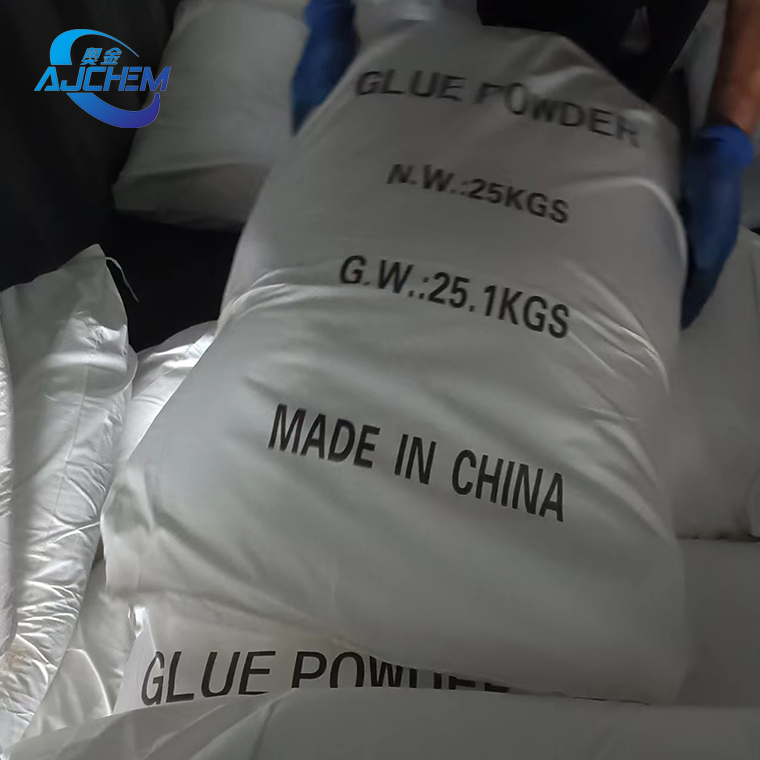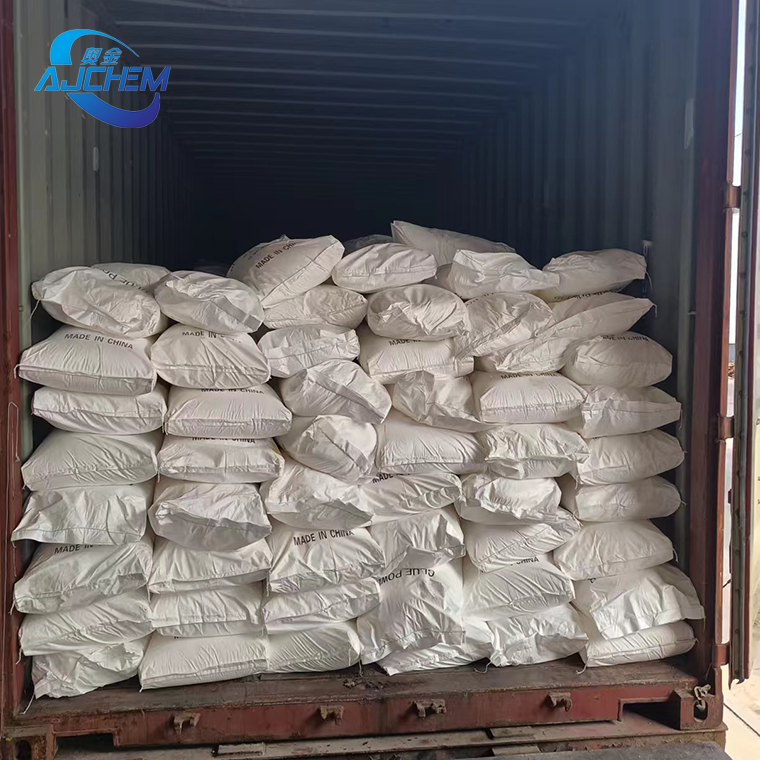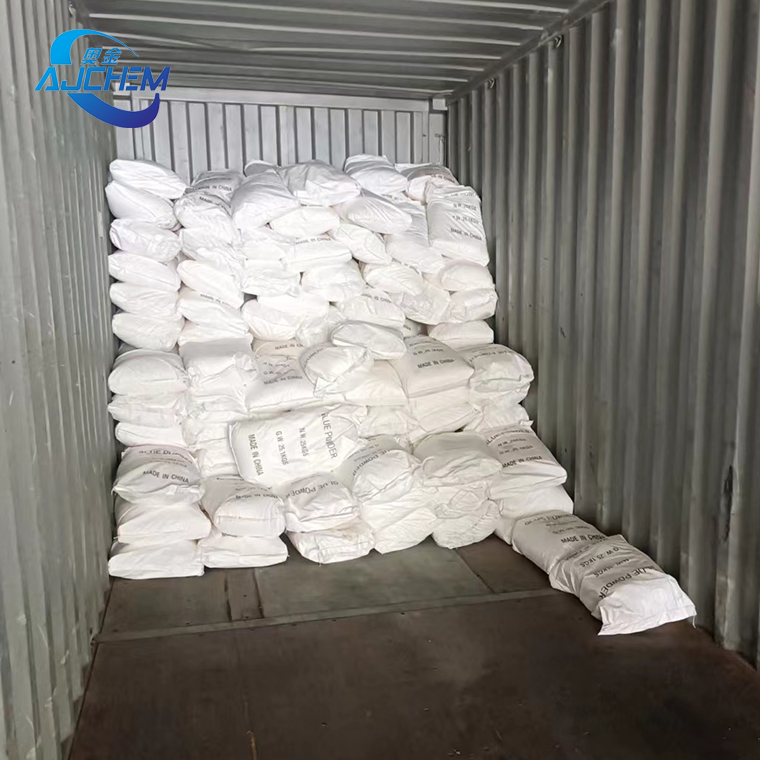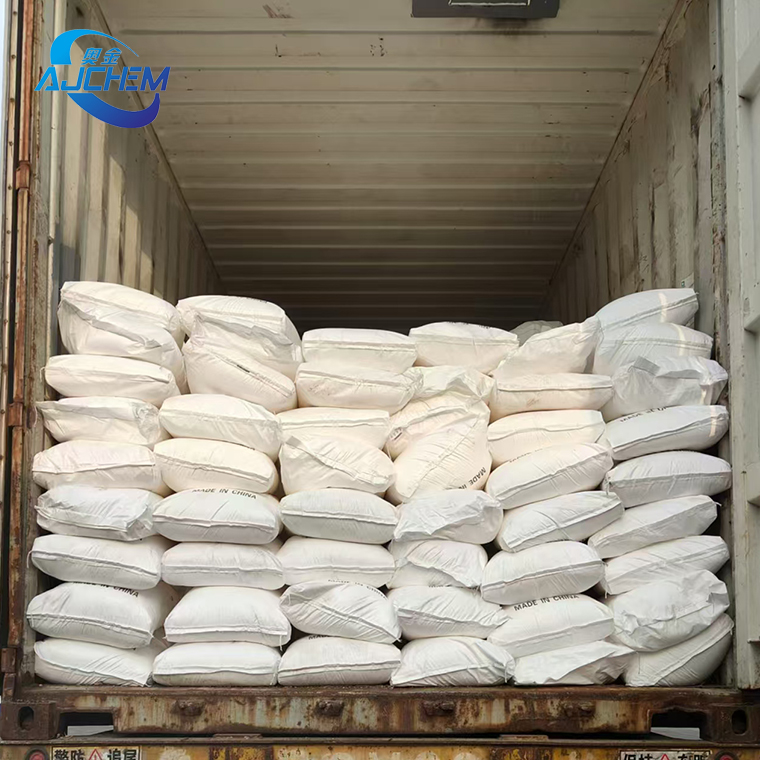Urea formaldehyde gluu ntụ ntụ
Akpa 25KG, 28Tons/40'FCL na-enweghị pallets
2 FCL, Ebe: Ndịda Ebe Ọwụwa Anyanwụ Eshia
Dị Njikere Maka Mbupu ~




Nkọwa ngwaahịa
Urea-formaldehyde resin (UF), nke a makwaara dị ka urea-formaldehyde resin, bụ polycondensation nke urea na formaldehyde n'okpuru ọrụ nke ihe na-akpata (alkaline ma ọ bụ acidic catalyst) iji mepụta resin urea-formaldehyde mbụ, wee mepụta ihe na-adịghị ike na nke na-enweghị ike ịgwọ ọrịa n'okpuru usoro ikpeazụ. Thermosetting resin. urea-formaldehyde resin a gwọrọ dị ọkụ na agba karịa resin phenolic, translucent, na-eguzogide acid na-adịghị ike na alkali na-adịghị ike, nwere ezigbo mkpuchi mkpuchi, ezigbo nguzogide iyi, yana ọnụ ala. Ọ bụ ụdị dị iche iche a na-ejikarị eme ihe n'etiti nrapado, ọkachasị n'imepụta bọọdụ arụrụ arụ dị iche iche na ụlọ ọrụ nhazi osisi, urea-formaldehyde resin na ngwaahịa ya emezigharịrị na-akpata ihe dịka 90% nke mkpokọta nrapado. Otú ọ dị, urea-formaldehyde resin dị mfe ire ere mgbe a na-ekpughe ya na acid siri ike na alkalis. Ọ nwere nguzogide ihu igwe na-adịghị mma, viscosity mmalite na-adịghị mma, nnukwu mbelata, nhịkọ, mmiri na-eguzogide, na mfe ịka nká. bọọdụ arụrụ arụ arụpụtara na urea-formaldehyde resin ntọhapụ formaldehyde n'oge usoro nrụpụta na ojiji. nsogbu, yabụ a ga-agbanwerịrị ya.
Ngwa
Enwere ike iji ya na ngwaahịa ndị na-adịghị achọ nnukwu mmiri na-eguzogide mmiri na ihe ndị dị na dielectric, dị ka eriri ike, ihe ọkụ ọkụ, igwe igwe, ihe mkpuchi ngwá ọrụ, mkpịsị aka, ihe ndị dị mkpa kwa ụbọchị, ihe ịchọ mma, taịlị mahjong, mkpuchi ụlọ mposi, a pụkwara iji ya rụọ ọrụ ụfọdụ tableware.
Urea-formaldehyde resin bụ ụdị nrapado a na-ejikarị eme ihe. Karịsịa n'ichepụta bọọdụ arụrụ arụ dị iche iche na ụlọ ọrụ nhazi osisi, urea-formaldehyde resin na ngwaahịa ya emezigharịrị bụ ihe dịka 90% nke mkpokọta nrapado.
Oge nzipu: Sep-27-2024











